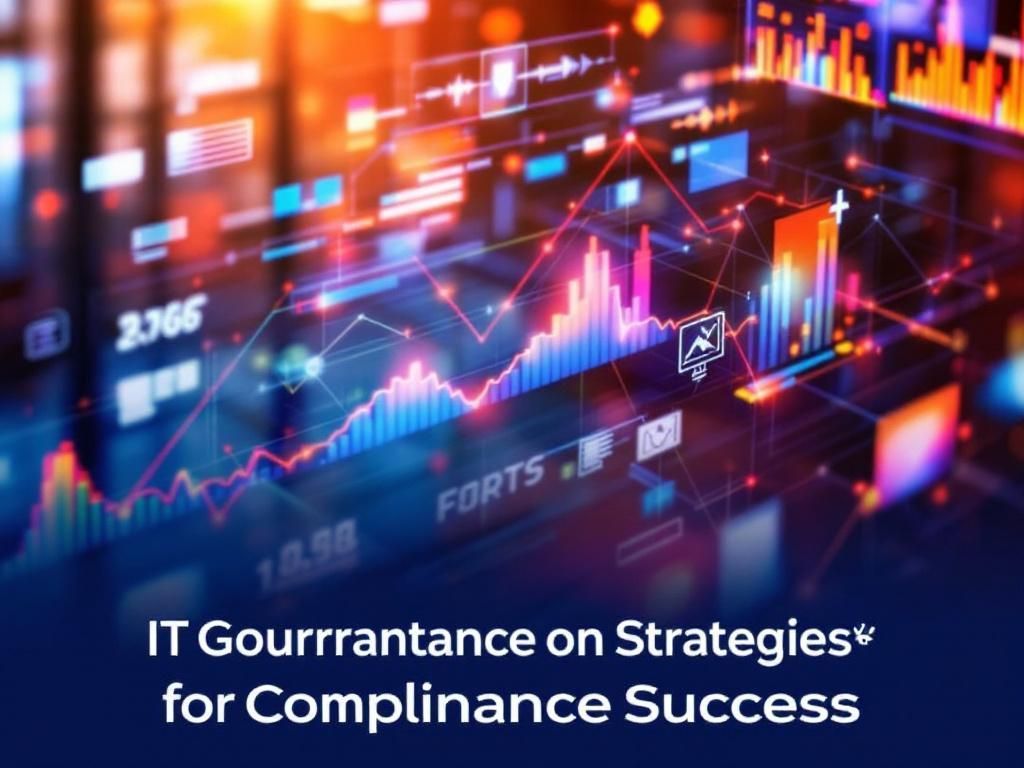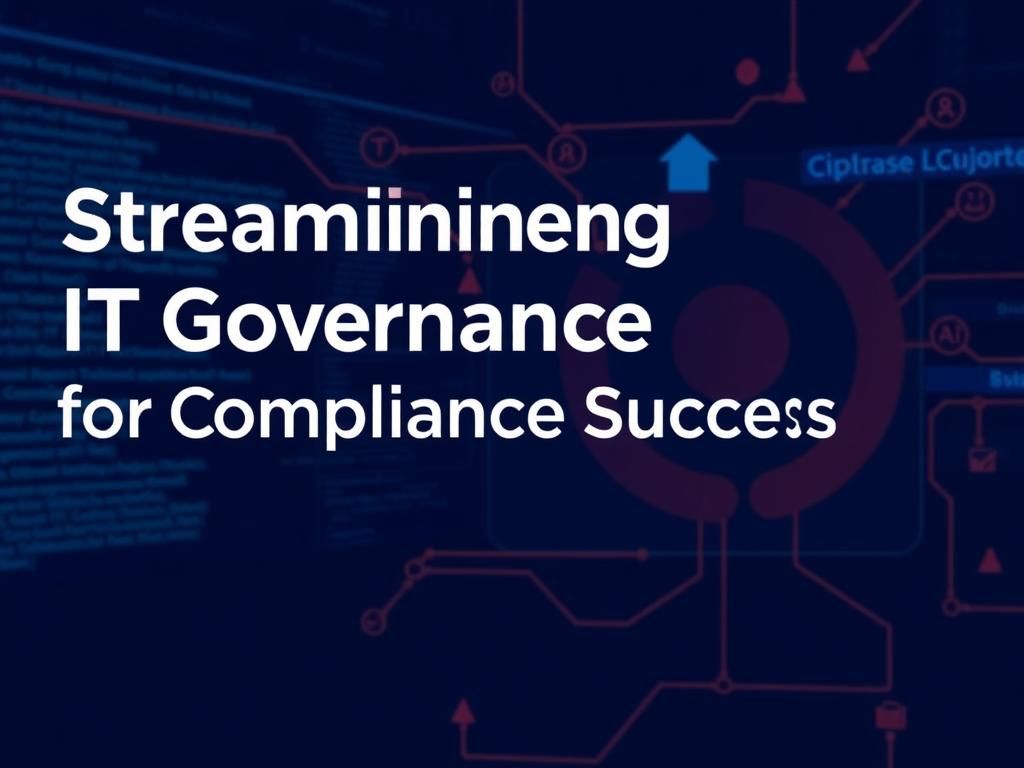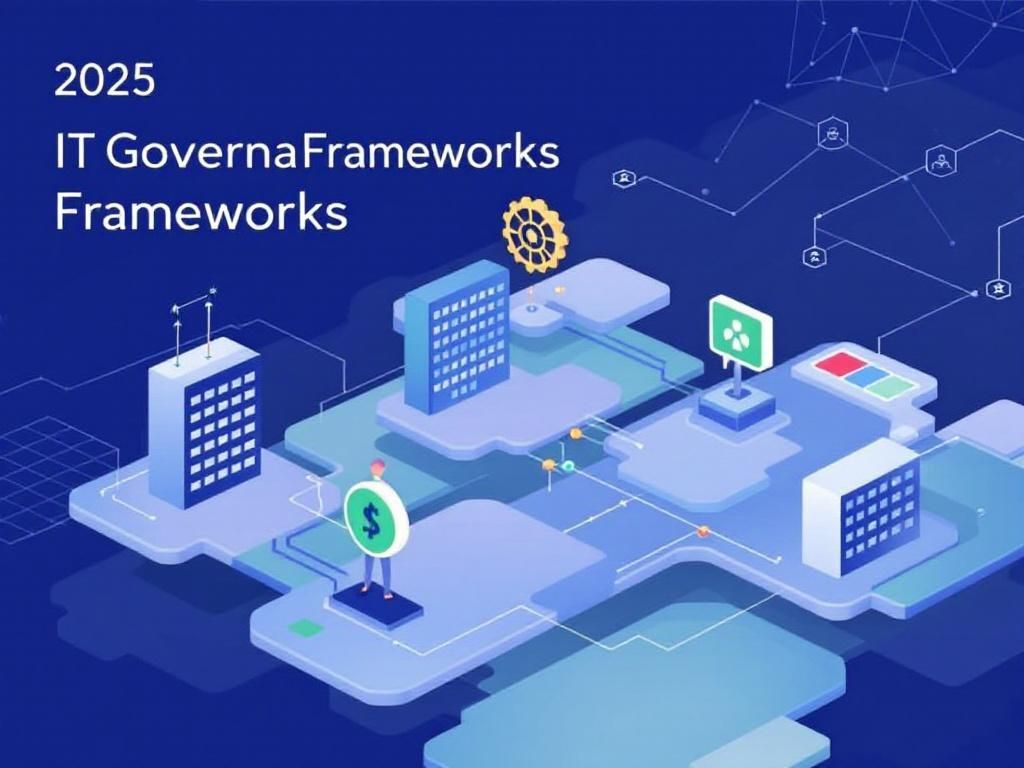Mastering IT Governance Strategies for Compliance Success
Discover effective IT governance strategies to ensure compliance success in your organization and navigate regulatory challenges with confidence.

In today’s fast-paced digital landscape, organizations must navigate a complex web of regulations and compliance requirements. The need for effective IT governance strategies has never been more critical, as businesses strive to secure their data, maintain customer trust, and avoid costly penalties. This article delves into key IT governance strategies that can lead to compliance success and ultimately support an organization’s overall objectives.
Table of Contents
Understanding IT Governance
IT governance refers to the framework that ensures that IT investments support business goals, manage risks, and deliver value. It encompasses the processes and structures that enable an organization to manage IT resources effectively. By aligning IT strategies with business objectives, organizations can achieve better compliance with regulations and standards.
Key Components of IT Governance
- Leadership: Strong leadership is essential for establishing a culture of compliance and accountability within the organization.
- Risk Management: Identifying, assessing, and mitigating risks associated with IT resources is crucial for compliance.
- Policies and Procedures: Documented policies and procedures help ensure that all team members understand their roles and responsibilities.
- Performance Measurement: Regular evaluation of IT performance against established metrics helps in identifying areas for improvement.
Establishing a Compliance Framework
A robust compliance framework is foundational to any successful IT governance strategy. This framework should encompass regulatory requirements, industry standards, and organizational policies. Here are the key steps to establish such a framework:
- Identify Relevant Regulations: Understand the regulations that apply to your industry, such as GDPR, HIPAA, SOX, or PCI-DSS.
- Conduct a Gap Analysis: Assess your current compliance status against the identified regulations to find areas needing improvement.
- Develop Policies and Procedures: Create comprehensive policies that address compliance requirements and outline procedures for enforcement.
- Implement Training Programs: Educate employees about compliance requirements and best practices to foster a culture of accountability.
- Regular Audits and Reviews: Conduct periodic audits to evaluate compliance and identify areas for enhancement.
Leveraging Technology for Compliance
Technology plays a vital role in supporting IT governance and compliance efforts. Organizations can utilize various tools and solutions to streamline processes, enhance visibility, and improve compliance management. Some of these technologies include:
Governance, Risk, and Compliance (GRC) Solutions
| Feature | Benefits |
|---|---|
| Centralized Management | Integrates all compliance-related activities into a single platform. |
| Real-time Monitoring | Provides continuous oversight of compliance status and risk exposure. |
| Automated Reporting | Facilitates easier preparation of compliance reports for stakeholders. |
| Incident Management | Streamlines the process of reporting and addressing compliance incidents. |
Data Protection Technologies
Implementing data protection technologies is crucial for safeguarding sensitive information and ensuring compliance with data privacy regulations. These technologies include:
- Encryption: Protects data at rest and in transit, reducing the risk of data breaches.
- Access Controls: Limit access to sensitive data based on user roles and responsibilities.
- Data Loss Prevention (DLP): Monitors data usage and prevents unauthorized transmission of sensitive information.
Building a Culture of Compliance
While systems and technologies are essential, fostering a culture of compliance within the organization is equally important. Here are some strategies to build such a culture:
Promoting Transparency
Encourage transparency regarding compliance efforts and foster open communication about compliance challenges and successes. This can be achieved through:
- Regular updates on compliance initiatives and performance.
- Encouragement of feedback from employees regarding compliance issues.
- Creating a non-punitive environment for reporting compliance violations.
Incentivizing Compliance
Recognizing and rewarding employees who demonstrate a commitment to compliance can motivate others to follow suit. Consider implementing:
- Incentive programs for teams that meet compliance goals.
- Public recognition for employees who identify compliance risks and propose solutions.
Continuous Improvement in IT Governance
IT governance is not a one-time effort but a continuous process. Regularly assess and improve your IT governance and compliance strategies to adapt to changing regulations and emerging risks. Here are some best practices for continuous improvement:
- Stay Informed: Keep abreast of industry trends and changes in regulations to ensure your compliance strategies remain relevant.
- Engage Stakeholders: Involve key stakeholders in the evaluation process to gain diverse perspectives on compliance challenges.
- Benchmark Against Peers: Compare your compliance efforts with industry standards and best practices to identify areas for improvement.
Conclusion
In an era of increasing scrutiny and regulation, effective IT governance strategies are paramount for achieving compliance success. By establishing a solid compliance framework, leveraging technology, fostering a culture of compliance, and committing to continuous improvement, organizations can navigate the complexities of compliance while supporting their business objectives. Investing in these strategies not only ensures compliance but also enhances the organization’s reputation, operational efficiency, and overall resilience in the face of regulatory challenges.
FAQ
What is IT Governance?
IT Governance is a framework that ensures that IT investments support business goals, manage risks, and ensure compliance with regulations.
Why is IT Governance important for compliance?
IT Governance is crucial for compliance as it establishes policies and procedures that help organizations meet regulatory requirements and manage risks effectively.
What are key components of an effective IT Governance strategy?
Key components include risk management, compliance management, performance measurement, and alignment of IT with business objectives.
How can organizations assess their IT Governance maturity?
Organizations can assess their IT Governance maturity through frameworks such as COBIT, ITIL, or ISO standards, which provide benchmarks for evaluation.
What role does risk management play in IT Governance?
Risk management is integral to IT Governance as it identifies, evaluates, and mitigates risks associated with IT operations and compliance.
How can technology aid in IT Governance for compliance?
Technology can aid in IT Governance by automating compliance processes, enhancing data management, and providing analytics for better decision-making.








